You might think that when your job is controlling a rover on the planet Mars, working remotely is just the name of the game.
But for staff at NASA's Jet Propulsion Laboratory in California, the social distancing measures have made an already challenging job very interesting indeed.
They can't bring all the lab's high-tech gadgets and super computers home with them. Instead, they improvise and work a little harder.
Staying curious
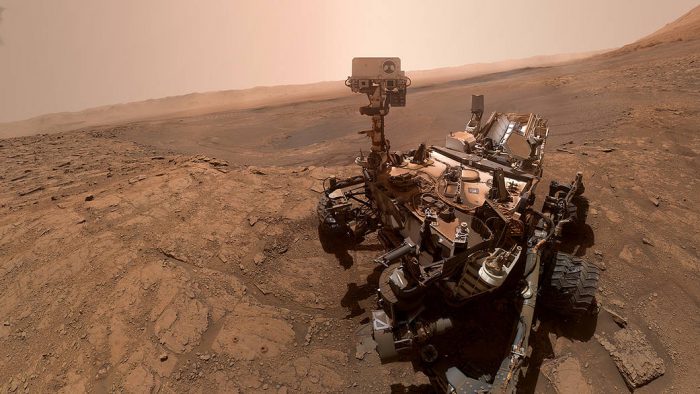
Curiosity takes a 'selfie' on Mars. Whether at the lab or in their homes, the people who control the rover are still about 200 million kilometres (124 million miles) away. (NASA)
The Mars rover Curiosity is partially autonomous. This means that it has some software that allows it to make decisions on its own — such as investigating rocks with a laser.
But most of its movements — where it travels day to day and how it avoids obstacles — still need to be planned by a team here on Earth.
The big issue with that is every message to and from Curiosity takes about 24 minutes to reach the team. And due to the rotation of both Earth and Mars, windows of time when they can communicate with the rover aren't always open either.
This means that the team really needs to work together — and quickly — to get its daily game plan to the rover. Miss a time window, and that can mean a day of exploration is lost.
Planning the route
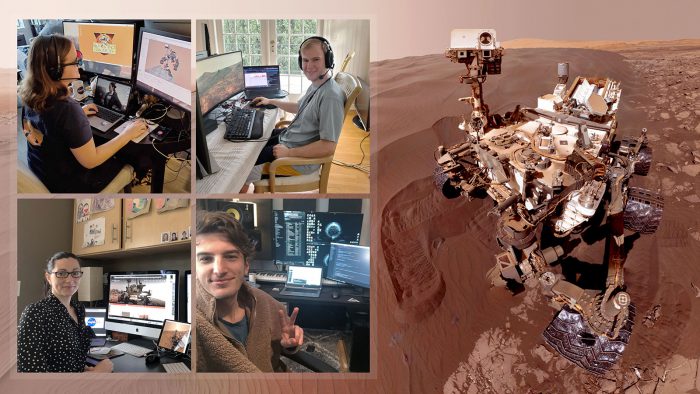
"Where to next?" Part of the Curiosity team, checking in from home. (NASA/JPL-Caltech)
Normally, NASA met this challenge with a tight-knit team armed with the latest super computers, not to mention super cool goggles that let them see what Curiosity saw in virtual reality. Not anymore.
Home computers aren't powerful enough to run these specialized goggles. Instead, the engineers are using classic red-and-blue 3D glasses, like the ones that used to be in movie theatres. And because everyone is spread out, decisions and planning all take up to two hours longer than before.
"It's classic, textbook NASA," said Alicia Allbaugh, the team's leader. "We're presented with a problem and we figure out how to make things work. Mars isn't standing still for us; we're still exploring."
Persevering from home
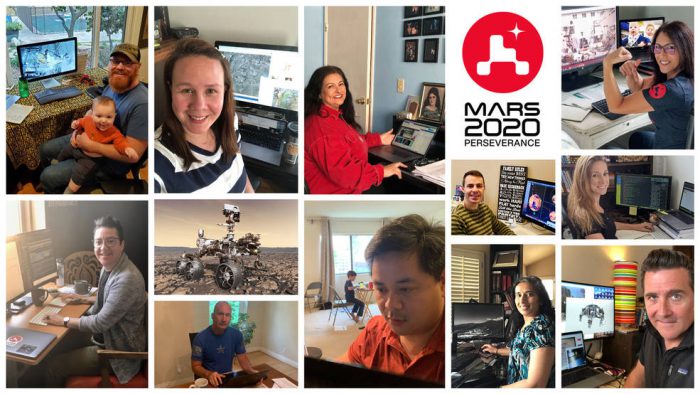
The huge team working on Perseverance's launch. (NASA/JPL-Caltech)
Another NASA team working on Mars from home is the group prepping Perseverance. This new rover has been set to launch to Mars this summer for a while now. And even with COVID-19 changing everything, the show must go on.
A big reason why is because space missions have what is called launch windows — moments when planets and other space objects are best positioned for a spacecraft to reach them. For Perseverance, this window is July 17 to August 5.
Like the communication window with Curiosity, miss this window and you need to wait for the next one — and the next launch windows can be months or even years away.
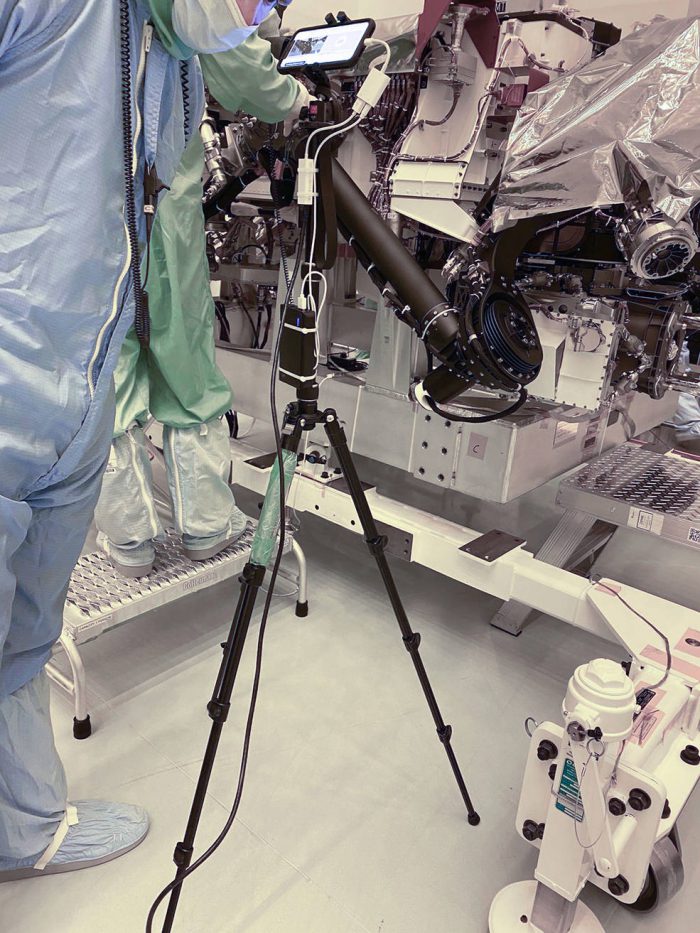
"Can you see this okay?" Engineers using a cellphone to show remote workers the progress on the rover. (NASA/JPL-Caltech)
Once again, these researchers and engineers are handling high-tech problems remotely, relying on smartphone cameras, laptops, and WiFi, all to prep a $2 billion mission. No pressure!
We're looking forward to launch!
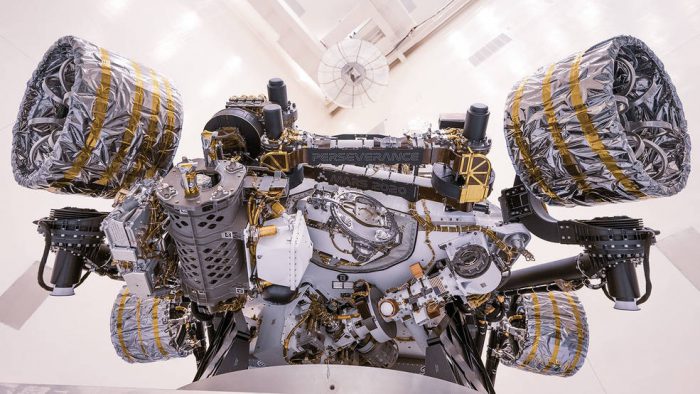 With only a few staff left working on site, the new rover Perseverance is still being prepped for a summer launch remotely. (NASA/JPL-Caltech)
With only a few staff left working on site, the new rover Perseverance is still being prepped for a summer launch remotely. (NASA/JPL-Caltech)










WOOHOOO GO PERSEVERANCE
Boy glad I’m not them!
COOL
8)
DSF
DFS
SDF
S
DF
😎 😎 😎 😎 😎